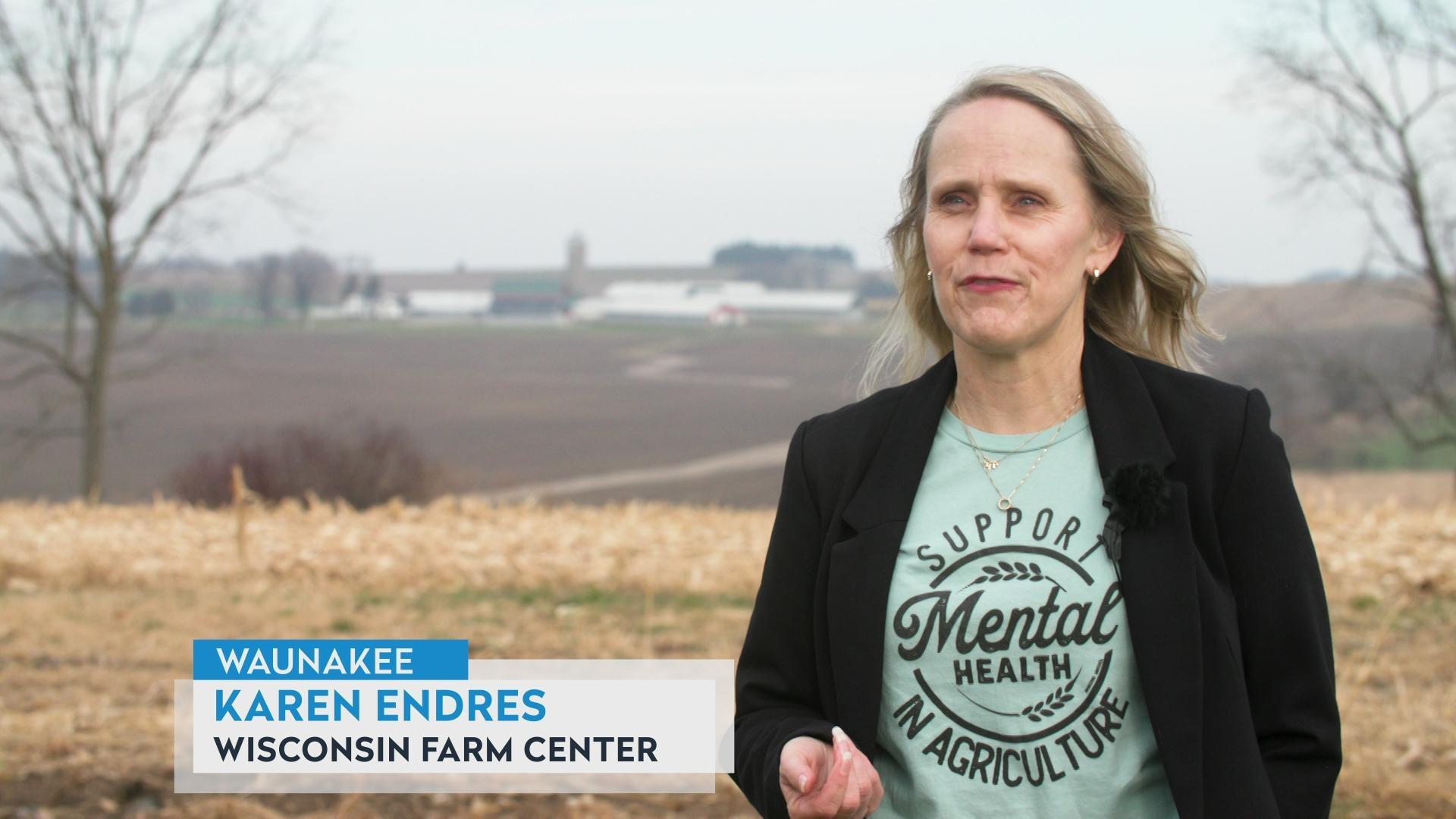Frederica Freyberg:
This afternoon, Governor Evers announced he was declaring another emergency health order and extending the mask mandate for 60 days, which takes it into March. Across the country, communities of color have experienced a higher burden of COVID-19 cases, hospitalizations and deaths. In Wisconsin, one city saw the warning signs early and mobilized to address these inequities. Marisa Wojcik brings us this report from Milwaukee.
Cecilia Garcia:
This pandemic is surprise for everyone. You know, we are not prepared from this. We are not.
Marisa Wojcik:
COVID-19, in one way or another, has touched all of our lives. But Wisconsin’s communities of color have seen a disproportionately larger impact for a number of reasons.
Zeno Franco:
I think there was a recognition early on that public health information, actually critical public health information, wasn’t getting out to communities of color as rapidly.
Marisa Wojcik:
The alarm of this sounded early in Milwaukee.
Que El-Amin:
The focus was on addressing those disparities that often happen in those communities and then how the messaging — cuz how it’s said to one person isn’t going to be effective to how it’s said to another person. We were making sure that the messaging that was going out had specific and very specific aims at who it was targeted towards.
Marisa Wojcik:
Centered around a grant, it quickly turned into a collaboration between the City of Milwaukee Health Department, the Medical College of Wisconsin and the Milwaukee County Office on African-American Affairs. It became the Creative Health Collective.
Michael Stevenson:
The first tier was to quickly adapt communication that had already been developed by the CDC, the World Health Organization and the state of Wisconsin for communities of color within the state, or within Milwaukee: Southeast Asian, African-American, Latino and Native American.
Marisa Wojcik:
There was a recognition that most public health messaging is generally geared toward a white audience and it matters not only what the message is, but who it comes from.
Que El-Amin:
It matters because people trust who they trust. And you can’t fake that.
Marisa Wojcik:
To gain that trust, the collective took their work two layers deeper. One layer being hiring local artists and influencers to create media for the different communities.
Katinka Hooyer:
I think this is most clearly represented through the choice of symbolism, imagery, the traditional practices that people would recognize but that would also invoke a sense of cultural pride.
Marisa Wojcik:
The final layer of gaining trust was hiring community health workers, people who already knew their community and could not only directly deliver public health messaging, but could deliver supplies like masks, hand sanitizer, food and diapers during the crisis.
Zeno Franco:
We’ve actually had situations come up where folks who were undocumented or have a complex situation don’t want to come to the city for help and that household might be COVID positive and really need the help. Frankly, need groceries to be able to shelter in place. And they would trust a community health worker to provide that.
Marisa Wojcik:
The community health workers brought forward the reality of what was happening to families on the ground, many forced to choose between health and paying the bills.
Cecilia Garcia:
The company owner sometimes says, “Go, doing the test and don’t coming back. When you have results, you coming back.” But some people is just scared.
Marisa Wojcik:
Cecilia says when people are scared of losing their housing, work takes priority. If employers aren’t enforcing health guidelines, COVID-19 has a better chance of spreading. What’s more, when one family has many people living in one household, if one person catches COVID, everyone does. Public health has known for a long time how things like housing, food insecurity, even racism impacts a person’s health.
Michael Stevenson:
The numbers have told the story of the impact racism is having very blatantly through the COVID-19 pandemic.
Marisa Wojcik:
Officials are hoping the lessons learned can be used towards the next phase of addressing racial health disparities in the pandemic: trusting the COVID-19 vaccine.
Que El-Amin:
It is going to be different from all of the different groups because African-Americans and the Tuskegee experiment relate to is different from maybe American Indians and small pox. So we all have our individual nuances in the health field.
Michael Stevenson:
Communication is going to be important around addressing vaccine hesitancy within the community. These one-on-one conversations that community health workers or other health professionals are going to have with community members are probably going to be one of the most effective tools we have in really addressing some of that hesitancy.
Marisa Wojcik:
Despite existing gaps, there’s optimism in the approaches taken by the collective.
Otis Winstead:
And this project is a project of hope. And to be part of a project of hope that impacts human beings across all ethnic groups, it is like — it’s amazing.
Marisa Wojcik:
For “Here & Now,” I’m Marisa Wojcik reporting from Milwaukee.
Search Episodes
News Stories from PBS Wisconsin

Donate to sign up. Activate and sign in to Passport. It's that easy to help PBS Wisconsin serve your community through media that educates, inspires, and entertains.
Make your membership gift today
Only for new users: Activate Passport using your code or email address
Already a member?
Look up my account
Need some help? Go to FAQ or visit PBS Passport Help
Need help accessing PBS Wisconsin anywhere?

Online Access | Platform & Device Access | Cable or Satellite Access | Over-The-Air Access
Visit Access Guide
Need help accessing PBS Wisconsin anywhere?

Visit Our
Live TV Access Guide
Online AccessPlatform & Device Access
Cable or Satellite Access
Over-The-Air Access
Visit Access Guide
 Passport
Passport


















Follow Us